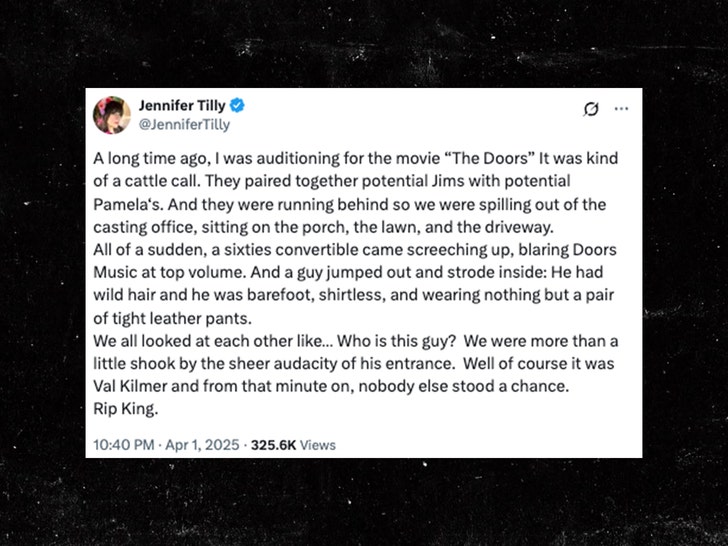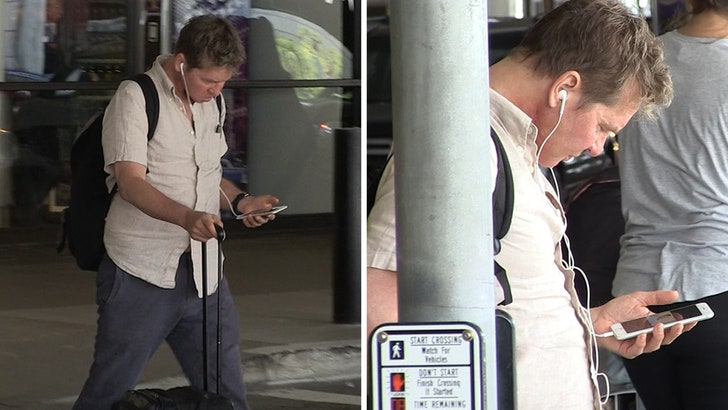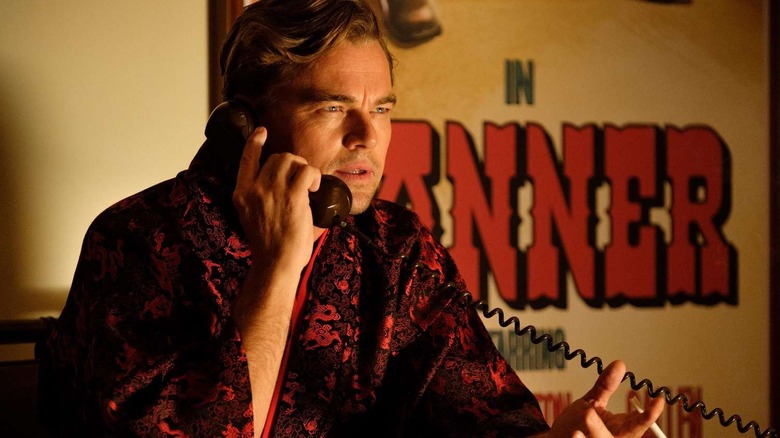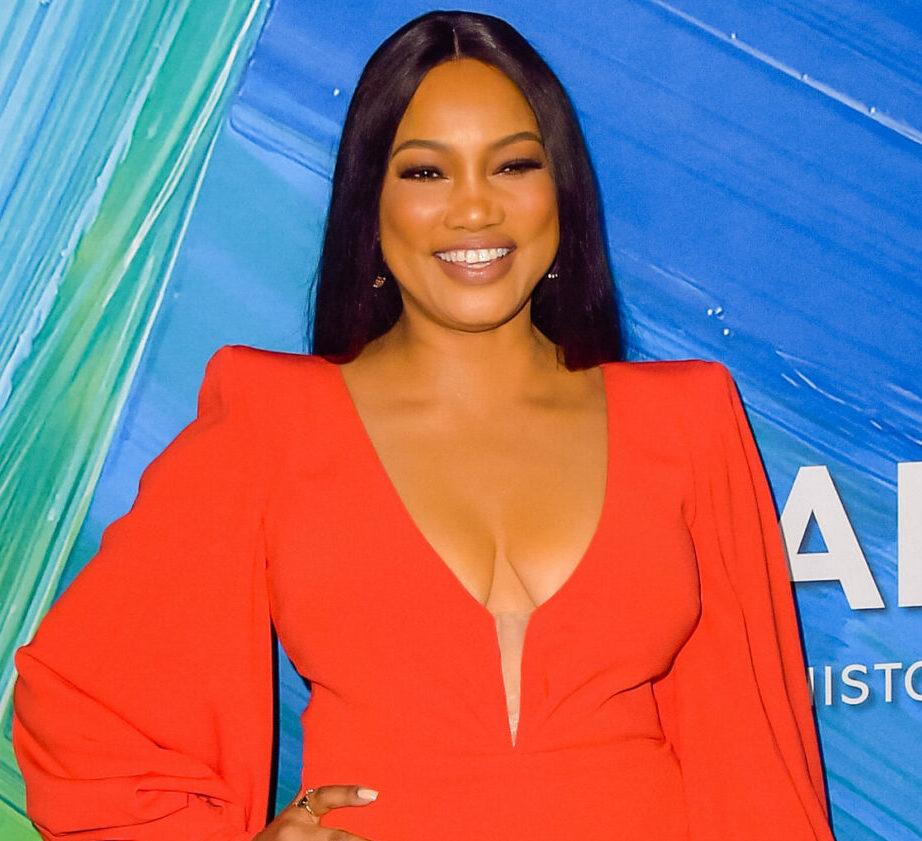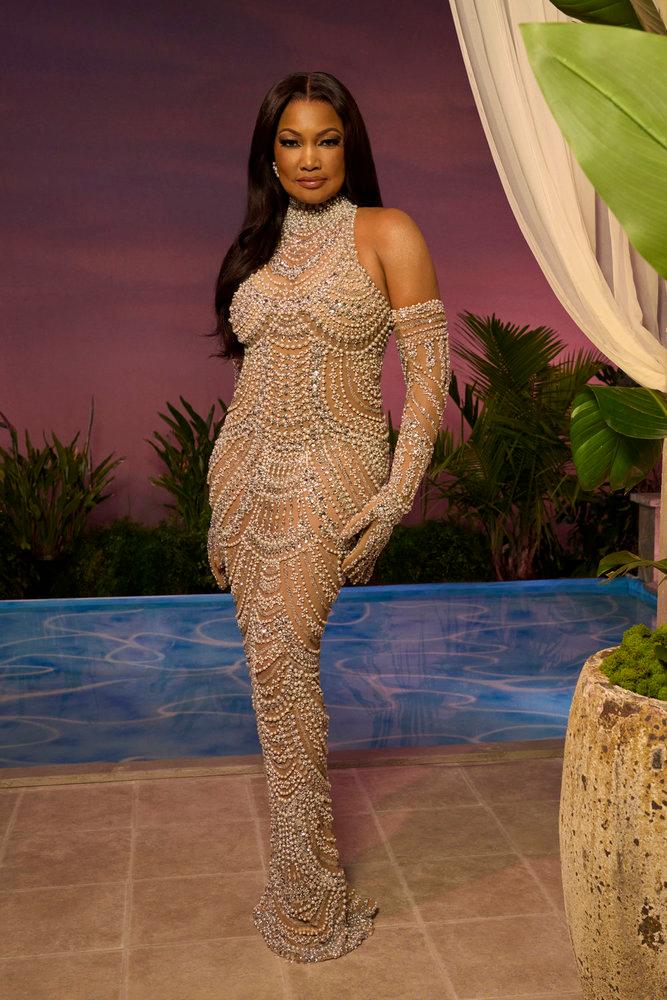Bybit’s recent closure of its NFT marketplace represents a pivotal moment in the ongoing NFT market reset, coming after a massive security breach and amid plummeting trading volumes. This shutdown reflects broader challenges in the crypto ecosystem, where centralized platforms face increasing pressure from both market forces and security vulnerabilities.
Key Takeaways
NFT trading volume has collapsed 70% year-over-year, with Q1 2025 sales falling to $1.5 billion (a 63% decline).
Bybit’s NFT closure followed a devastating $1.46 billion security breach by North Korea-linked hackers in February 2025.
The market is consolidating around major platforms like OpenSea, Blur, and Magic Eden, which now control over 80% of market share.
A shift from speculative collectibles to utility-based NFTs signals a maturing market focused on practical applications.
Decentralized marketplaces are gaining traction as users prioritize security and self-custody following centralized platform failures.
The NFT Market’s Death Spiral
The once-booming NFT market is in freefall. Daily trading volumes have plummeted 70% year-over-year, dropping from $18 million to just $5.34 million. This represents a breathtaking 95% decline from December 2024’s high of $113.6 million, painting a stark picture of a market in crisis.
For perspective, monthly NFT sales reached an all-time high of $3.24 billion in August 2021. Fast forward to Q1 2025, and total sales have crashed to $1.5 billion for the entire quarter – a 63% year-over-year decline that’s sending shockwaves through the digital asset trends landscape.
User engagement has suffered equally dramatic losses. According to DappRadar data, active NFT wallets have collapsed from over 500,000 at the market’s peak in 2021 to fewer than 20,000 by 2025. This exodus of users has created a liquidity crisis that’s driving floor prices down across most collections.
Bybit’s Exit: More Than Market Conditions
While the broader market decline created challenging conditions, Bybit’s shutdown stems from multiple compounding factors. The catastrophic $1.46 billion security breach by North Korea-linked hackers in February 2025 dealt a crushing blow to the platform’s operations and user trust.
Market saturation also played a key role. OpenSea, Blur, and Magic Eden have established dominance, controlling over 80% of all NFT trading volume. This left smaller platforms like Bybit fighting for scraps in an increasingly competitive landscape.
The Bybit NFT closure isn’t happening in isolation. It joins an exodus of platforms exiting the space, including:
Beyond market dynamics, there’s been a fundamental shift in user expectations. The days of purely speculative NFT collecting appear to be waning as the market matures toward utility-focused applications.
Survivors Amid the Carnage
Despite the market’s overall decline, several players are finding ways to thrive in this challenging environment. The consolidation is benefiting major platforms like OpenSea, Blur, and Magic Eden on Ethereum, while Unisat and Magic Eden dominate the inscriptions market.
A few standout projects have bucked the downward trend entirely:
Pudgy Penguins increased sales by 13% to $72 million in Q1 2025
Doodles secured a $32 million partnership with McDonald’s despite the broader market decline
For users affected by the Bybit shutdown, many experts are advising migration to decentralized alternatives. These platforms offer greater security through blockchain-based custody systems rather than centralized control of assets.
The Decentralization Effect
The Bybit security breach has highlighted a critical vulnerability in centralized exchanges – they represent single points of failure in the blockchain outlook. When compromised, users can lose everything.
Decentralized marketplaces, by contrast, leverage blockchain’s inherent security features by keeping assets in user-controlled wallets rather than platform-controlled accounts. This fundamental difference is driving many NFT traders to prioritize self-custody solutions.
The contrast between Bybit’s catastrophic security breach and the relative resilience of decentralized infrastructure has accelerated a shift that was already underway in the crypto ecosystem. Users are increasingly choosing security over convenience, especially for high-value digital assets.
Regulatory Landscape Finding Clarity
Amid the market turmoil, regulatory developments are creating a clearer path forward for compliant NFT operations. The SEC’s closure of its OpenSea investigation signals potential legitimacy for platforms that adhere to regulatory frameworks.
Paradoxically, Bybit’s exit may actually strengthen market confidence by removing vulnerable players from the ecosystem. As regulatory clarity emerges, institutional investors can engage with greater confidence in the remaining platforms that prioritize compliance and security.
This regulatory evolution is part of a natural maturation process for the NFT market reset, establishing guardrails that protect investors while allowing innovation to continue.
From Speculation to Utility
Perhaps the most significant shift in the NFT market is the transition from pure speculation to practical utility. Projects integrating NFTs into gaming, AI, and authentication systems are gaining traction while purely collectible assets continue to struggle.
This shift aligns with the growth of utility-focused marketplaces. The most successful projects now combine collecting with practical applications, creating sustainable value propositions beyond mere scarcity.
Examples of utility-driven NFT adoption include:
Future Reset: What Comes Next
The current market correction, while painful for many investors, may be laying the groundwork for more sustainable growth. There are interesting parallels to Binance’s 2023 crisis management and subsequent stabilization, suggesting the NFT ecosystem could follow a similar recovery path.
Infrastructure-focused innovation is replacing pure speculation, with development resources shifting toward building more robust, secure, and user-friendly platforms. The migration from centralized to decentralized platforms is also accelerating, driven by security concerns highlighted by incidents like the Bybit hack.
This evolution represents a natural maturation phase for the NFT market rather than its demise. Like many emerging technologies, NFTs appear to be following the classic hype cycle pattern, moving from peak inflated expectations through the trough of disillusionment toward eventual productive applications.
What This Means for NFT Investors
wen
Navigating the post-Bybit landscape requires a strategic shift for investors. I recommend focusing on projects with demonstrable utility and mainstream adoption potential rather than purely speculative collections.
Understanding the transition from short-term speculation to long-term value creation is essential for identifying sustainable investment opportunities. This means evaluating factors beyond scarcity and hype, such as:
Strong development teams with clear roadmaps
Practical utility that extends beyond collecting
Robust community engagement and growth
Transparent tokenomics and business models
Security considerations should also be paramount when choosing marketplaces and custody solutions. The Bybit incident serves as a stark reminder of the risks associated with centralized platforms in the crypto ecosystem.
Sources
[Arbiterz – Bybit Closes NFT Marketplace Inscription and IDO Services](https://arbiterz.com/bybit-closes-nft-marketplace-inscription-and-ido-services/)
[Cointelegraph – Bybit Shuts Down Its NFT Marketplace](https://cointelegraph.com/news/bybit-shuts-down-its-nft-marketplace)
[Invezz – Bybit Shuts NFT, IDO Services Weeks After 1.46B Hack](https://invezz.com/news/2025/04/01/bybit-shuts-nft-ido-services-weeks-after-1-46b-hack/)
[Cryptonews – Bybit Shuts Down NFT and IDO Services Following 1.5B Crypto Theft](https://cryptonews.com/news/bybit-shuts-down-nft-and-ido-services-following-1-5b-crypto-theft/)









